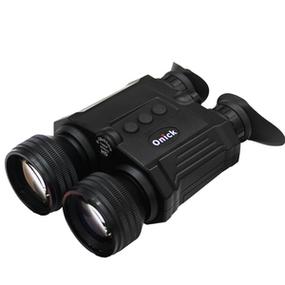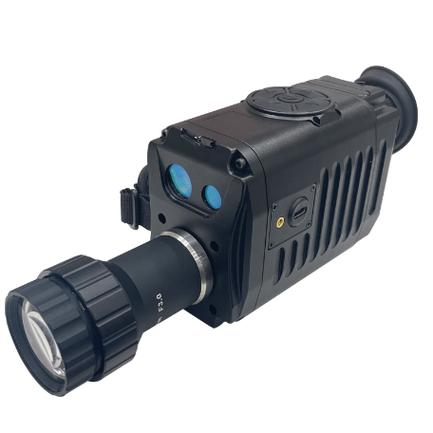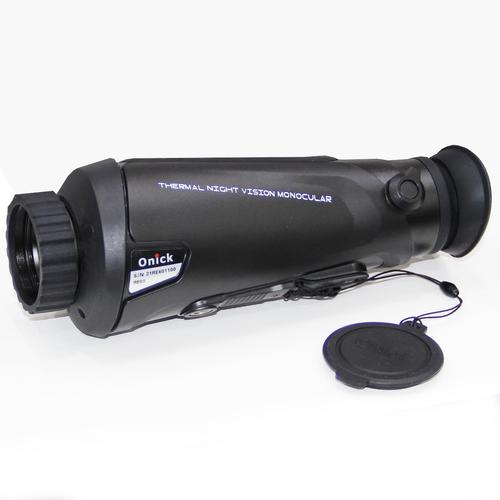Since ancient times, military strategists have sought to exploit the darkness of night to seize the initiative on the battlefield, deliver a surprise attack on the enemy, or successfully repel an attack. They have sought to exploit the cover of darkness to conduct maneuvers, occupy advantageous terrain, consolidate positions, and accomplish combat missions. Night combat has become a common method of warfare. In modern warfare, with the widespread application of new technologies in the military, warfare is conducted day and night, making night combat even more crucial.

In the past, night combat employed searchlights or flares. Flares were launched from artillery or dropped from aircraft, slowly descending under parachutes. These flares, suspended in the air, resembled a suspended lantern, illuminating a wide area. They could last up to two minutes, with a radius of 300 meters and a luminous intensity equivalent to one million candlepower. However, while flares can be used to their advantage at night, they can also be exploited by the enemy. This has its drawbacks: improper use can reveal the target. Furthermore, after the flares go out, soldiers' eyes need some time to adjust before they can regain night vision. Therefore, using flares for illumination has certain drawbacks.

During World War II, the Germans invented an active infrared night vision device. This device first illuminates the target with a searchlight that emits infrared light, much like a flashlight used when walking at night. The infrared searchlight emits infrared rays, invisible to the naked eye. When the infrared light strikes an object, the object reflects the infrared light, which is then transformed into an image visible to the naked eye and displayed on a fluorescent screen by the night vision device. This allows soldiers to observe the target and fire. Because the night vision device must emit infrared light to illuminate the target, it is called an active infrared night vision device. Active infrared night vision devices can clearly see personnel at a distance of 800 to 1000 meters and vehicles at a distance of 2000 to 2200 meters. This type of infrared night vision device is relatively low-cost and can be deployed in large numbers by troops. However, this active infrared night vision device also has a drawback: it must emit infrared light to illuminate the target. If the enemy also has infrared detectors, they can detect the infrared light, easily exposing the target. Later, active infrared night vision devices were gradually replaced by new night vision equipment called low-light-level night vision devices. The human eye can perceive visible light only under conditions of sufficient illumination. According to physical standards, illumination must reach at least 100 lux for the human eye to see objects clearly. However, illumination at night is very low, only 0.2 lux even under the presence of the moon or a starry sky. While the human eye can distinguish the outlines of objects at a certain distance in very low light, its visual range is very short. Although the illumination of moonlight and starlight at night is very low, it still provides some light, which is called low-light level. Under these conditions, seeing with the naked eye is extremely difficult. However, a device can amplify this low-light level, allowing the human eye to see objects in the dark.

If you would like to learn more about fusion night vision devices, infrared thermal imaging scopes, and other related information, please feel free to contact us.